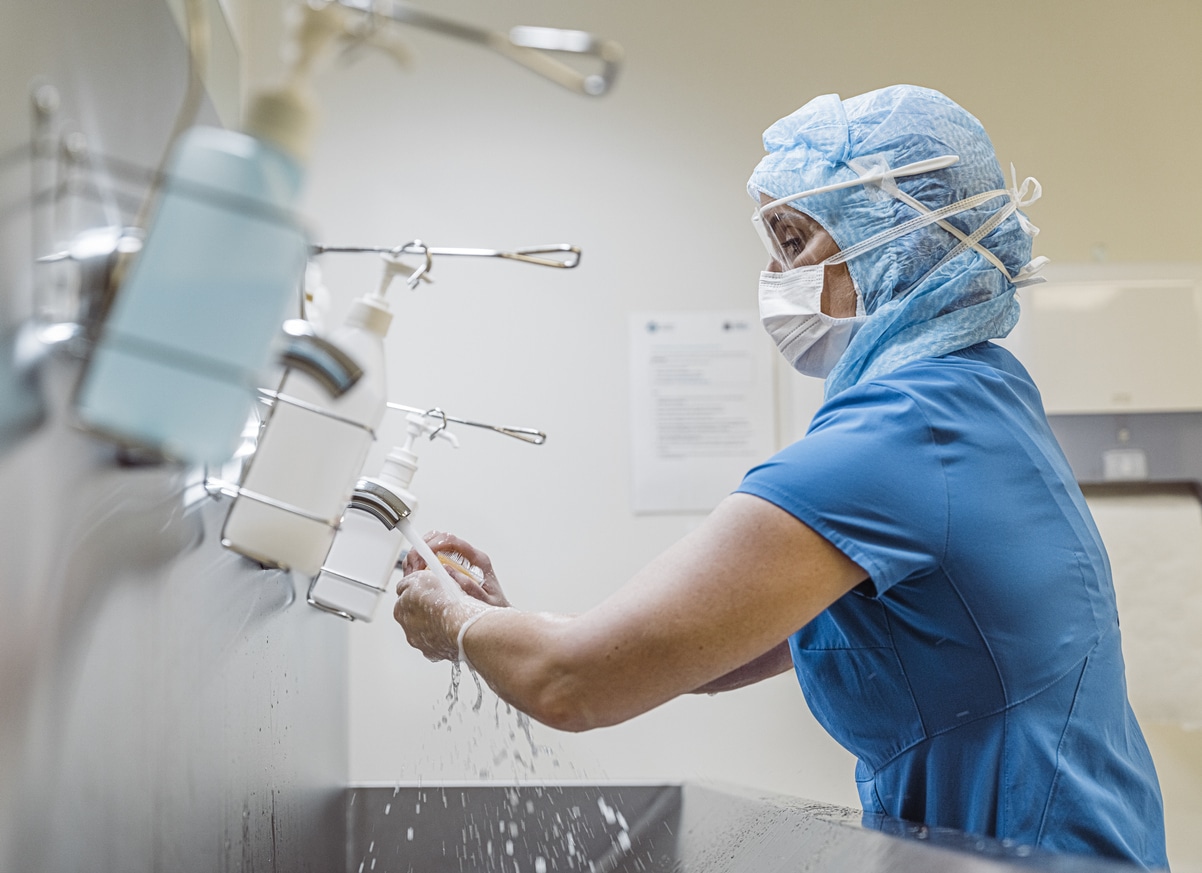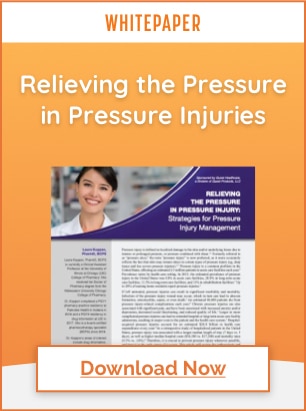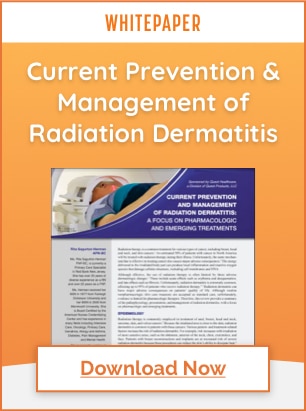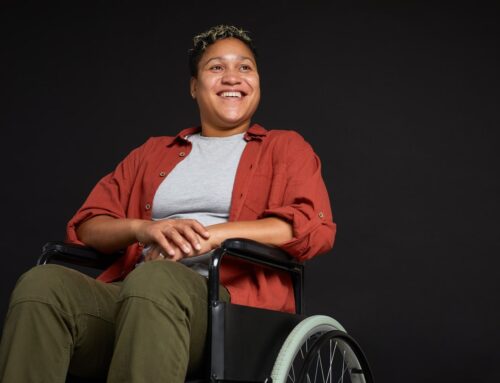
COVID-19 and the Gastrointestinal (Digestive) System
Written by: Cissi Wimberly Oloomi MSN, APN-CNS, FNP, CNRN, CRRN
In early 2020, the existence and severity of the novel coronavirus, now called COVID-19, was communicated to the world, and began its spread from China to over 180 countries.
COVID-19 was described as a respiratory virus that infects the body, is spread easily from particles in the respiratory tract through the nasopharyngeal, oral and eye mucous membranes that then traveled to the lungs.
The initial hall mark symptoms were fever, dry cough, and shortness of breath. Difficulty with oxygenation, pneumonia, and the need for ventilatory support and possible death became part of the clinical picture for some while others, who tested positive for the virus, had minimal to no symptoms.
COVID-19 and Gastrointestinal / Digestive Symptoms
In early March 2020, clinicians in China began noticing initial complaints of gastrointestinal (GI)/digestive symptoms as part of the COVID-19 infection. Clinicians in the U.S. also began noticing GI (digestive) symptoms in those with symptoms or those testing positive for COVID-19.
Results of studies by China published in early April 2020 showed 49% of COVID-19 positive patients had one or more GI symptoms that were seen up to 2 days BEFORE the hallmark symptoms of COVID-19.
The GI symptoms included lack of appetite/anorexia (83%), nausea/vomiting (0.8%), diarrhea (23-29%), and/ or abdominal pain (0.4%). The virus was found in feces/stool test up to 14 days AFTER negative nasopharyngeal swabs.
The first patient diagnosed in the United States with COVID-19, reported having two days of nausea and vomiting before any of the hallmark symptoms and was tested positive for viral RNA via nasopharyngeal swabs and + in fecal/stool specimens.
The pathophysiology of GI manifestations and symptoms of COVID-19 are consistent with the distribution of the ACE2 receptors, which serve as entry points for the COVID-19 virus, as well as previously seen with SARS. The ACE2 receptors are most abundant in the cell membranes of lung AT2 cells, and in enterocytes in the ileum and colon. This is the pathophysiology thought to be the contributing factor to involvement of both the pulmonary and GI systems.
The loose stool/diarrhea was usually not severe and lasted for an average of 5 days. Patients admitted with initial GI and respiratory symptoms were shown to have prolonged coagulation and elevated liver enzyme tests, had a slower recovery and the GI symptoms could worsen as the person got sicker and exhibited more COVID-19 respiratory symptoms.
Because the virus was found in both saliva and feces/stool specimens up to 12 days after negative nasopharyngeal tests, the possibility of direct fecal-oral transmission has not been totally ruled out.
However, although feces/stool has tested + for the COVID-19 virus, so far there is no confirmation of infectious COVID-19 in the stool or transmission directly from the feces/stool.
Rare Severe Inflammatory Syndrome Affecting Children
On May 14, 2020, a new rare severe inflammatory syndrome affecting children with Kawasaki like symptoms called Multi-system Inflammatory Syndrome in Children (MIS-C) associated with COVID-19 was communicated by the CDC via a Healthcare Advisory. GI symptoms (abdominal pain, nausea/vomiting, lack of appetite and loose stools) are usually the first symptoms to occur and multi-system organ involvement and death can occur.
In MIS-C, PCR test was often negative for COVID-19, indicating the child did not have COVID-19 at that time; however, antibody tests were Positive (+) most of the time or there was confirmed exposure to the virus, with + COVID-19 viral load on rectal swab test but antibody/antigen tested and rectal swabs were + because of a delayed inflammatory response to exposure to COVID-19 2-34 weeks earlier.
Recommendations for COVID-19 bowel care best practices:
- Any GI symptom(s) should trigger suspicion of COVID-19, and testing should include PCR, fecal/stool specimens and if PCR negative, antibody test for COVID-19.
- ALL Screenings and Assessments should include GI symptoms per CDC screening criteria updated on 4/27/20.
- Patients/caregivers should be educated on the possible spread of COVID-19 by oral-fecal route (saliva and feces/stool). Gastroenterologists are recommending best precautions and best practices including:
- No sharing of utensils for eating/drinking. Wash utensils in hot soapy water and scrub for 20 seconds and/or use high temperature dishwasher.
- No reusing toothbrushes without soaking in ¼ – ½ strength hydrogen peroxide then rinsing before brushing teeth.
- Provide private bathroom/toilet for patients with GI symptoms and/or + for COVID-19.
- Disinfect toilet/sink with chlorine-based solutions, if possible, after each bowel movement.
- Use mask/gloves and closure of toilet lid when flushing toilet to prevent aerosolization of viral particles.
- Continue quarantine/precautions for 12-14 days after 2 negative nasopharyngeal swabs until 2 negative feces/stool tests.
- If a clinician is suspicious for MIS-C related to COVID-19, the CDC recommends immediately contacting the CDC’s 24 hr. via the Emergency Operations Center at 740-488-7100 and report MIS-C suspected cases to their state, local, or territorial health departments even if the patient also fulfills all or part of the criteria for Kawasaki disease; AND
- Clinicians who suspect MIS-C should consult promptly with appropriate specialist and test PCR, feces/stool test and antigen/antibody test.
Now more than ever, it is important that an effective bowel care program be adhered to. Quality care is paramount in every aspect of the healthcare field. In the absence of a defined and proactive patient bowel protocol, there may be patient complications from incontinence that might have unintended consequences during these very difficult times.
Alliance Labs has worked with top CARF, VA and Model System facilities for over seventeen years, assisting them in improvement measures for inpatient bowel care protocols.
To request an in-service or webinar with our team, visit us online here.
References
CDC Emergency Preparedness and Response HAN0043, Healthcare Advisory distributed 5/14/20 CDCHAN-00432 for MIS-C associated with COVID-19 (MIS-C) @www.CDC.gov
D’Amico, F., et al. Diarrhea during COVID-19 infection: pathogenesis, epidemiology, prevention, and management (published online April 8, 2020. Clin Gastroenterolo Hepatol.doi: 10.1026/j.cgh.2020.04.001. Appeared also in Gastroenterology Advisor
Gu J, Han B, Wang J. (2020). COVID-19: Gastrointestinal Manifestations and Potential Fecal-Oral Transmission. Gastroenterology. May 158:6;1518-1519. Doi: 10.1053/j.gastro.2020.02.054.
Pan, LE et al. ((2020). Clinical Characteristics of COVID-19 Patients with Digestive Symptoms in Hubei, China: A Descriptive, Cross-Sectional Multicenter Study. Am J Gastroenterology. pubmed.ncbi.nlm.
Riphagen, S. et al. (2020). Hyperinflammatory shock in children during COVID-19 pandemic. Lancet, advanced online publication, doi:10.1016/S040-6736(20)31094. https://www.thelance.com/journal/lancet/article/PllSO40-6736(20)31094-1/fulltext




![[Live Webinar] Neurogenic Bowel Dysfunction in Multiple Sclerosis](https://www.questhealthcare.net/wp-content/uploads/2025/02/325-Quest-Healthcare-Speaker-Session-1-500x383.png)


